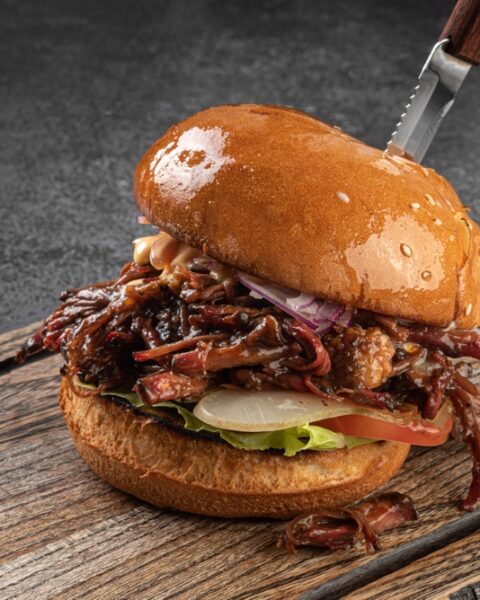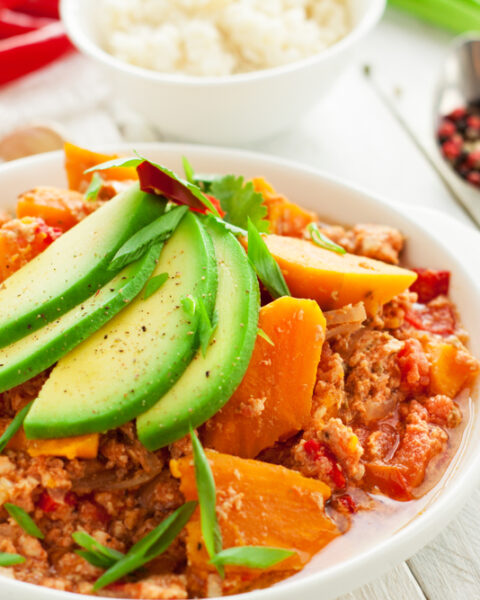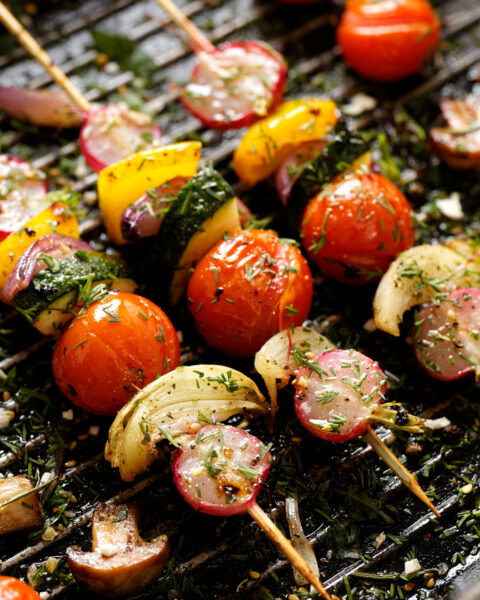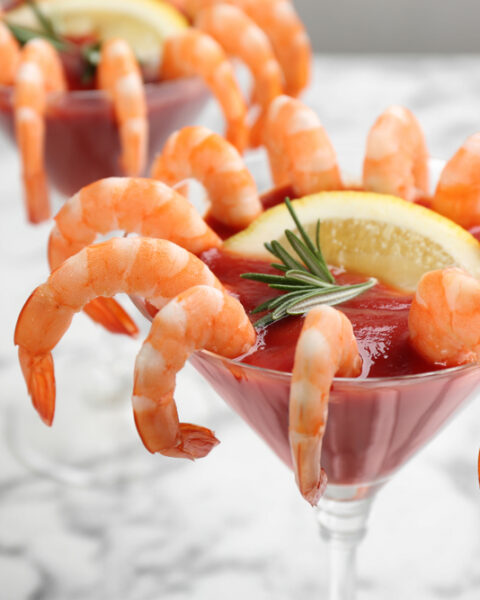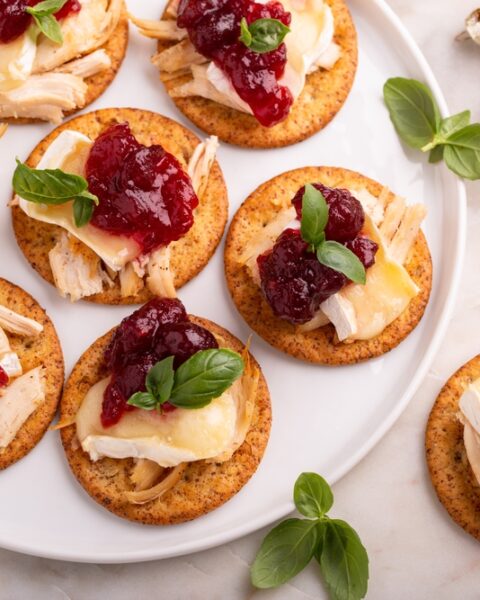Contents
- 1 Vinegar Pie
- 2 Mock Apple Pie
- 3 City Chicken
- 4 Beans and Cornbread
- 5 Oatmeal
- 6 Potato Soup
- 7 Peanut Butter Bread
- 8 Hot Water Pie
- 9 Split Pea Soup
- 10 Depression Cake
- 11 Cornmeal Mush
- 12 Dandelion Salad
- 13 More From RetailShout
- 14 19 Quick and Easy Dinner Ideas Using Only Trader Joe`s Ingredients
- 15 18 Trader Joe`s Pantry Staples That Are Perfect for Busy Weeknights
Vinegar Pie
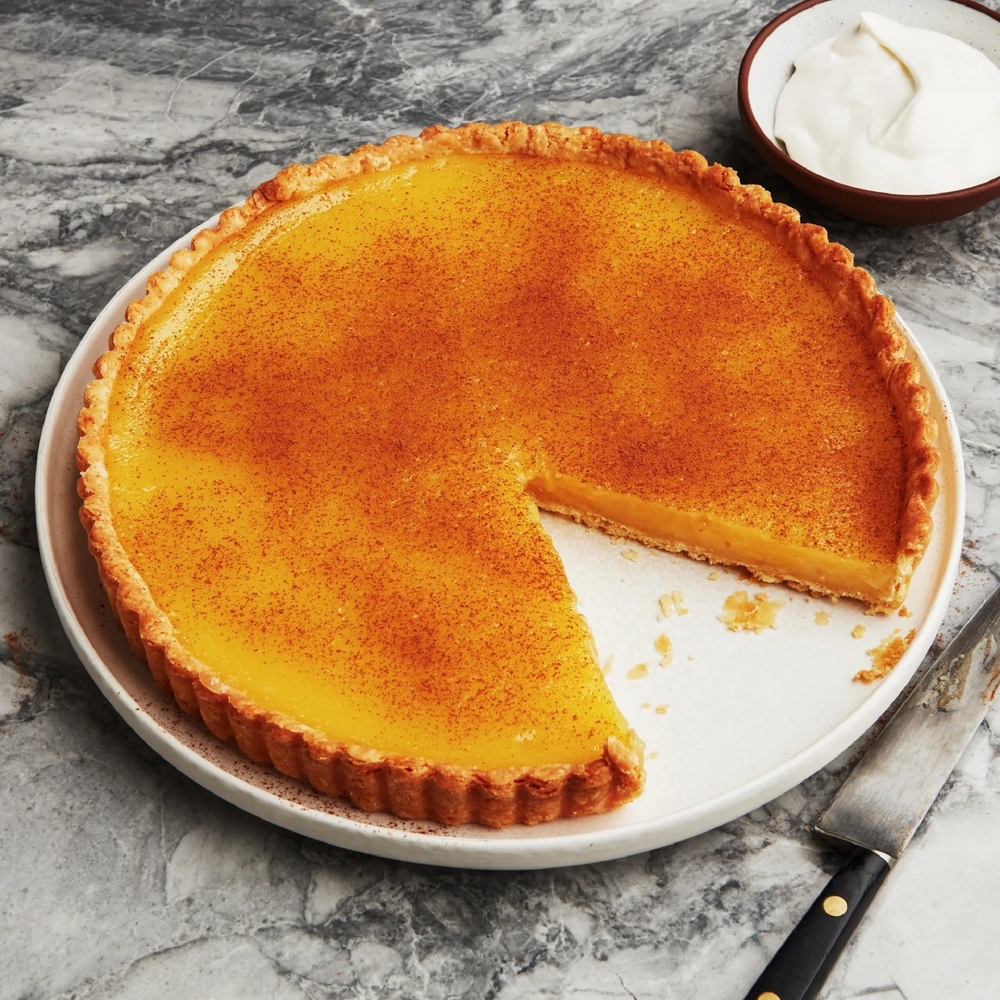
During the Great Depression, Vinegar Pie emerged as a staple dessert. Known as “Desperation Pie,” it was created using simple pantry ingredients like vinegar, sugar, and flour. The pie mimicked the tartness of lemon, which was often too expensive or unavailable. Its simplicity and the ease of sourcing the ingredients made it a popular choice among families. Despite its humble origins, Vinegar Pie provided a sweet treat in tough times. This pie showcased the ingenuity and adaptability of home cooks during the economic hardships of the 1930s.
Mock Apple Pie
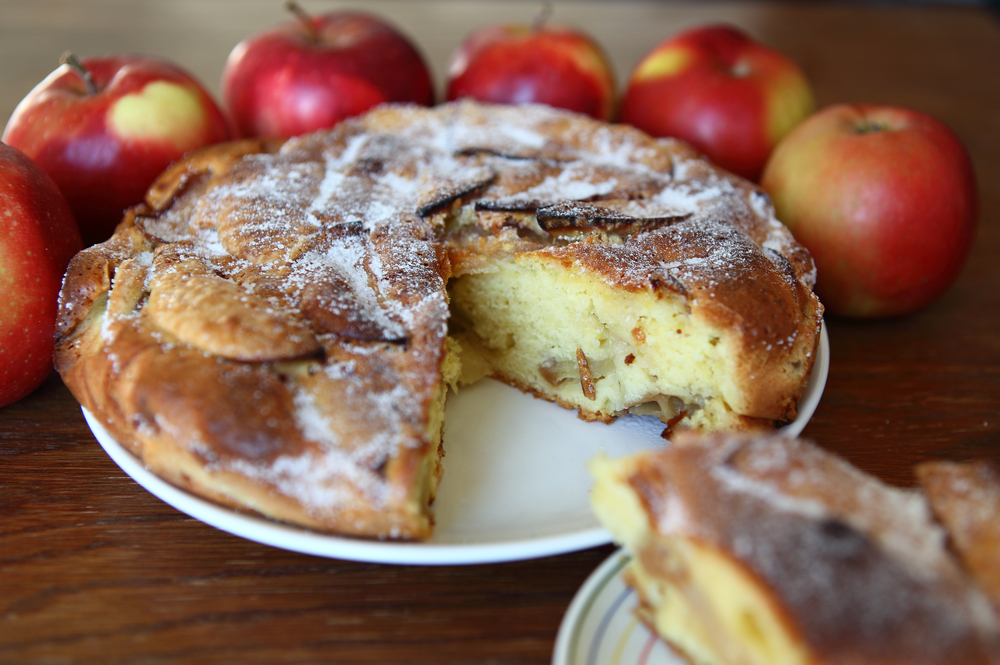
Mock Apple Pie, surprisingly, contained no apples. Ritz crackers, combined with sugar and spices, were used to create a filling that resembled the taste and texture of apples. This dessert was a clever way to satisfy sweet cravings when fresh fruit was scarce or too costly. The pie’s popularity underscored the creativity required to maintain a semblance of normalcy and comfort. It also highlighted the resourcefulness in using available ingredients to replicate familiar flavors. Mock Apple Pie remains a testament to the innovation driven by necessity during the Depression era.
City Chicken

Ironically, City Chicken contains no chicken. It was a dish made from cheaper cuts of meat, such as pork or veal, threaded on skewers to resemble chicken drumsticks. This dish was popular in urban areas where poultry was more expensive than other meats. City Chicken was seasoned, breaded, and fried or baked, offering a taste and texture similar to actual chicken. This inventive meal provided a sense of luxury and normalcy. It exemplified the lengths to which people went to create satisfying meals from affordable ingredients.
Beans and Cornbread
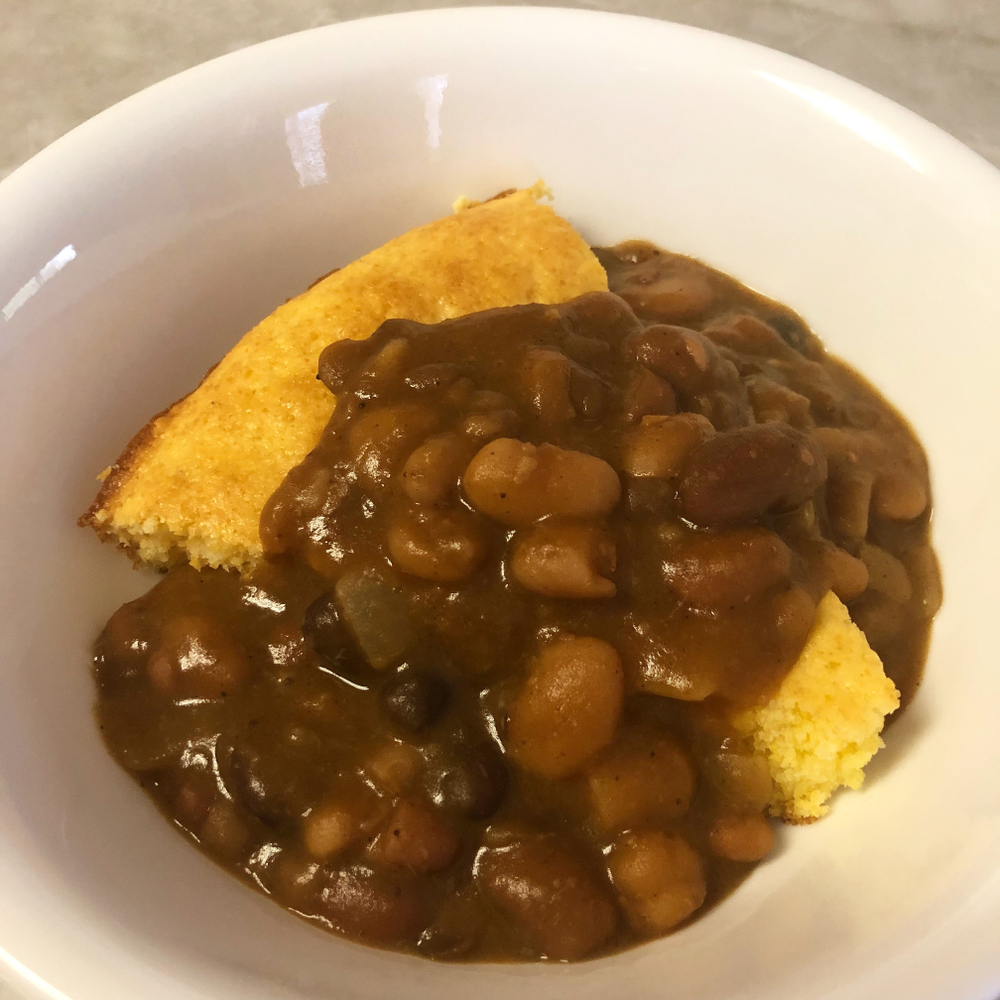
Beans and cornbread became a staple meal during the Great Depression. Beans were a cheap source of protein and could be stored for long periods, making them an ideal food for hard times. Cornbread, made from cornmeal, was an inexpensive and filling accompaniment. Together, they provided a balanced meal that was both nutritious and economical. This combination became known as the “poor man’s meal” and was widely consumed across the United States. It highlighted the reliance on simple, hearty foods to sustain families through economic hardship.
Oatmeal
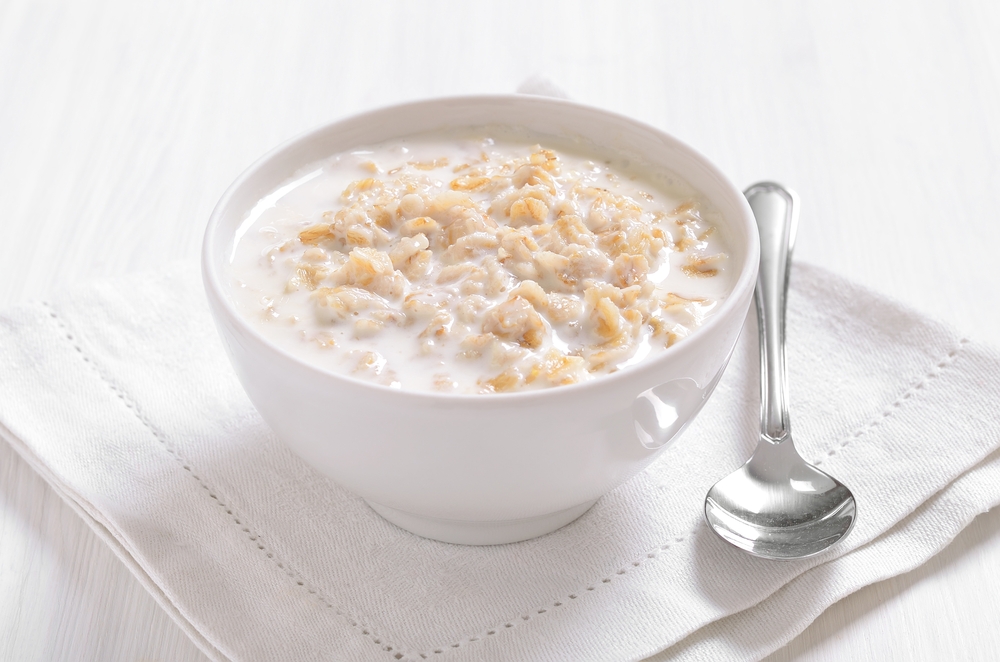
Oatmeal was a widely consumed breakfast food during the Great Depression. It was affordable, easy to prepare, and could be bought in bulk. Often, it was cooked with water or milk and sweetened with a bit of sugar or syrup. Oatmeal provided a nutritious start to the day, offering essential vitamins and energy. Its versatility allowed it to be used in various recipes, from cookies to meatloaf fillers. This grain exemplified the necessity of inexpensive, nourishing foods in maintaining health and strength during difficult times.
Potato Soup
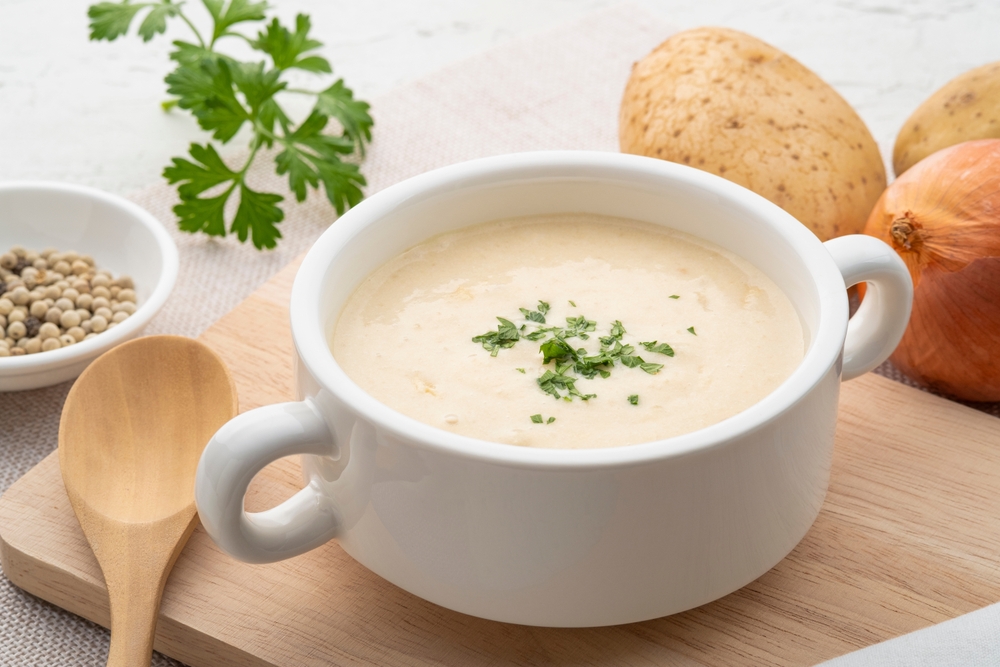
Potato soup was a comforting and economical dish. Made primarily from potatoes, water, and a bit of milk or cream, it was simple yet filling. Onions, carrots, and celery were often added for extra flavor and nutrition. Potatoes were plentiful and cheap, making them a cornerstone of Depression-era diets. This soup could be easily adjusted to feed more people by adding more water or additional vegetables. Potato soup was a practical way to provide warmth and sustenance, demonstrating the importance of resourceful cooking.
Peanut Butter Bread
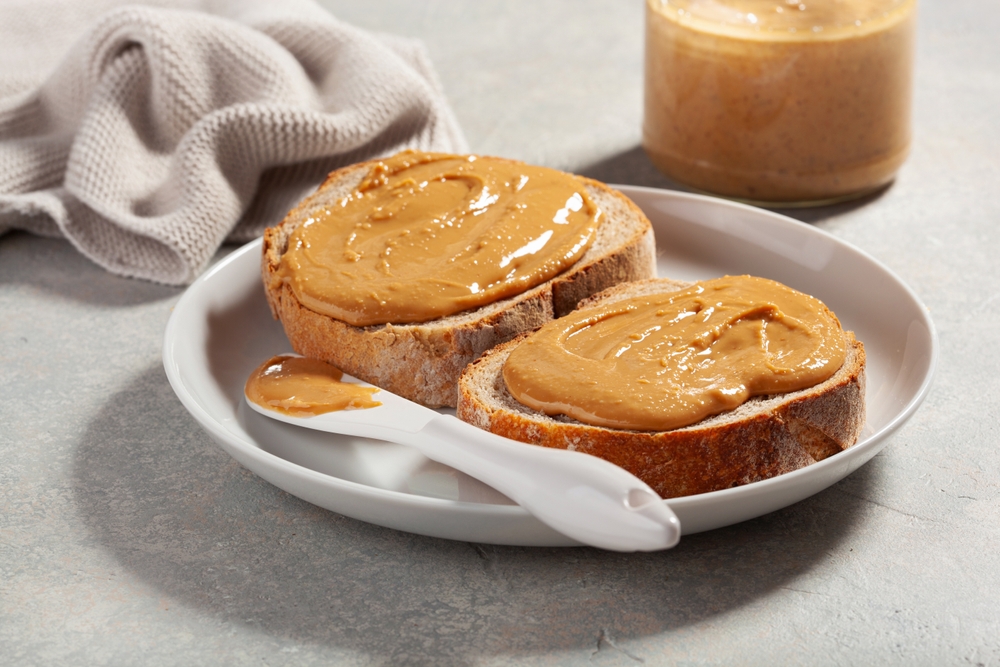
Peanut butter bread was a unique and practical recipe during the Great Depression. Unlike traditional bread recipes, it did not require yeast, which could be expensive or hard to find. Peanut butter provided protein and fat, making the bread both nutritious and filling. The simplicity of the recipe meant it could be easily prepared by anyone. This bread was often eaten plain or with a spread of jelly or honey. It highlighted how basic ingredients could be transformed into satisfying and nourishing foods.
Hot Water Pie

Hot Water Pie was another inventive dessert from the Depression era. It was made using basic ingredients such as water, flour, sugar, and a bit of butter. The filling, thickened with flour or cornstarch, created a custard-like texture. This pie provided a sweet treat without the need for expensive ingredients like eggs or cream. It was a way to bring a bit of joy and normalcy into daily life. Hot Water Pie exemplifies the ingenuity of home cooks in creating delicious foods with minimal resources.
Split Pea Soup

Split pea soup was a hearty and affordable meal. Dried split peas were inexpensive and could be stored for long periods. The soup was typically made with a ham bone or bits of ham, adding flavor and protein. Vegetables like carrots, onions, and celery were also included, enhancing the nutritional value. This soup was thick and filling, making it a perfect meal for cold days. Split pea soup demonstrated the use of simple, readily available ingredients to create satisfying and nourishing dishes.
Depression Cake

Depression Cake, also known as “Wacky Cake” or “War Cake,” was made without eggs, butter, or milk. These ingredients were often expensive or hard to come by. Instead, the cake used ingredients like vinegar, baking soda, and oil to create a moist and fluffy texture. This cake was often flavored with cocoa or spices. It was a way to enjoy a sweet treat without the need for costly components. Depression Cake is a symbol of the creativity and adaptability in baking during tough economic times.
Cornmeal Mush
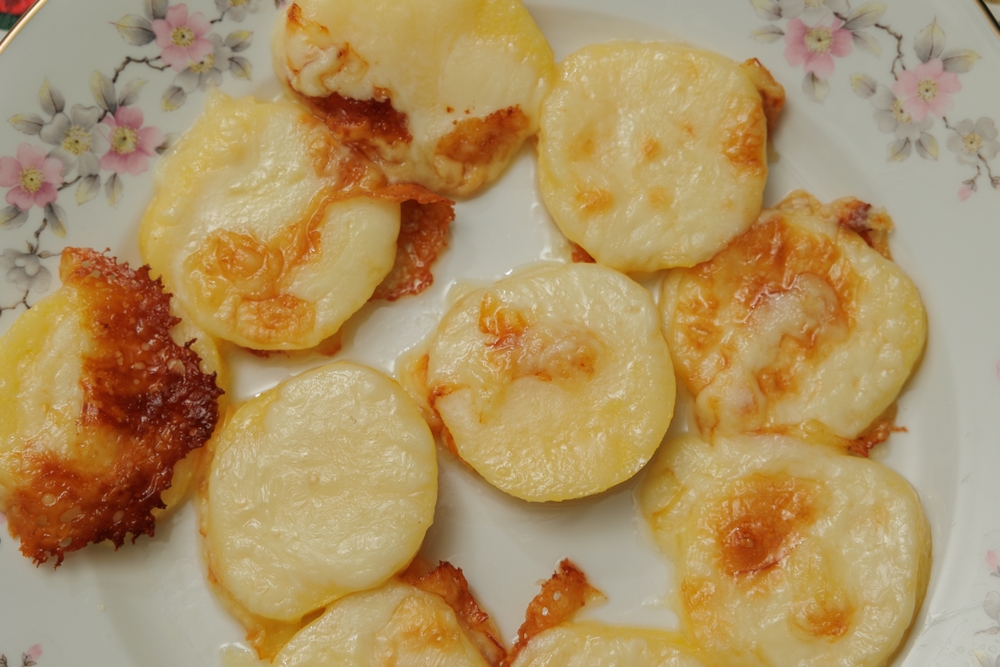
Cornmeal mush was a simple, filling dish made from cornmeal cooked in water or milk. It was often served for breakfast, topped with syrup or milk. Cornmeal was cheap and readily available, making it a staple in many households. The dish could also be cooled, sliced, and fried, providing variety in its use. Cornmeal mush was a practical way to provide energy and sustenance. It reflects the reliance on basic, affordable ingredients to create nourishing meals during the Depression.
Dandelion Salad
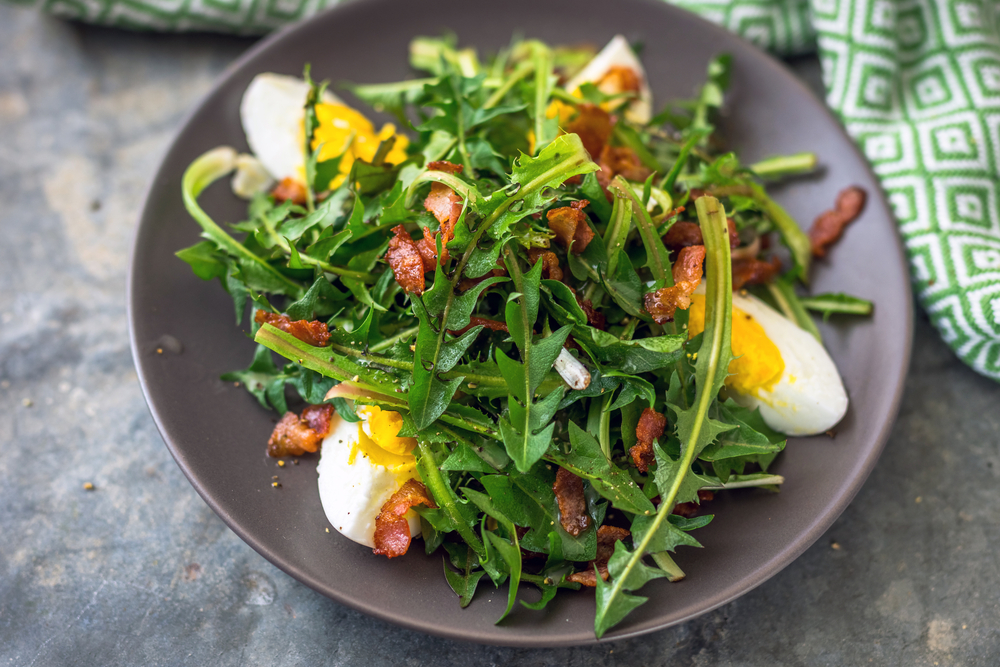
Dandelion salad utilized wild greens that could be foraged for free. Dandelion leaves were mixed with other available greens and dressed with a simple vinaigrette. This salad provided essential vitamins and minerals, contributing to a balanced diet. Foraging for dandelions and other wild plants was a way to supplement limited food supplies. The salad was a reminder of the natural resources available even in hard times. It underscores the importance of creativity and knowledge of edible plants in maintaining nutrition during the Great Depression.
This article originally appeared on RetailShout
More From RetailShout
13 Trader Joe`s Seasonal Items You Shouldn`t Miss

Each season brings new excitement to the shelves of Trader Joe’s, where seasonal items quickly become fan favorites. These limited-edition products are not only delicious but also perfectly capture the flavors and moods of the time of year. Read More.
19 Quick and Easy Dinner Ideas Using Only Trader Joe`s Ingredients

Trader Joe’s is a treasure trove of unique and high-quality ingredients, perfect for creating quick and delicious dinners. Whether you’re a seasoned chef or just looking for something easy to whip up after a long day, these dinner ideas are designed to be both satisfying and simple. Read More.
18 Trader Joe`s Pantry Staples That Are Perfect for Busy Weeknights

When the week gets hectic, having a well-stocked pantry can make all the difference in getting dinner on the table. Trader Joe’s offers a variety of pantry staples that are not only convenient but also packed with flavor. Read More.

